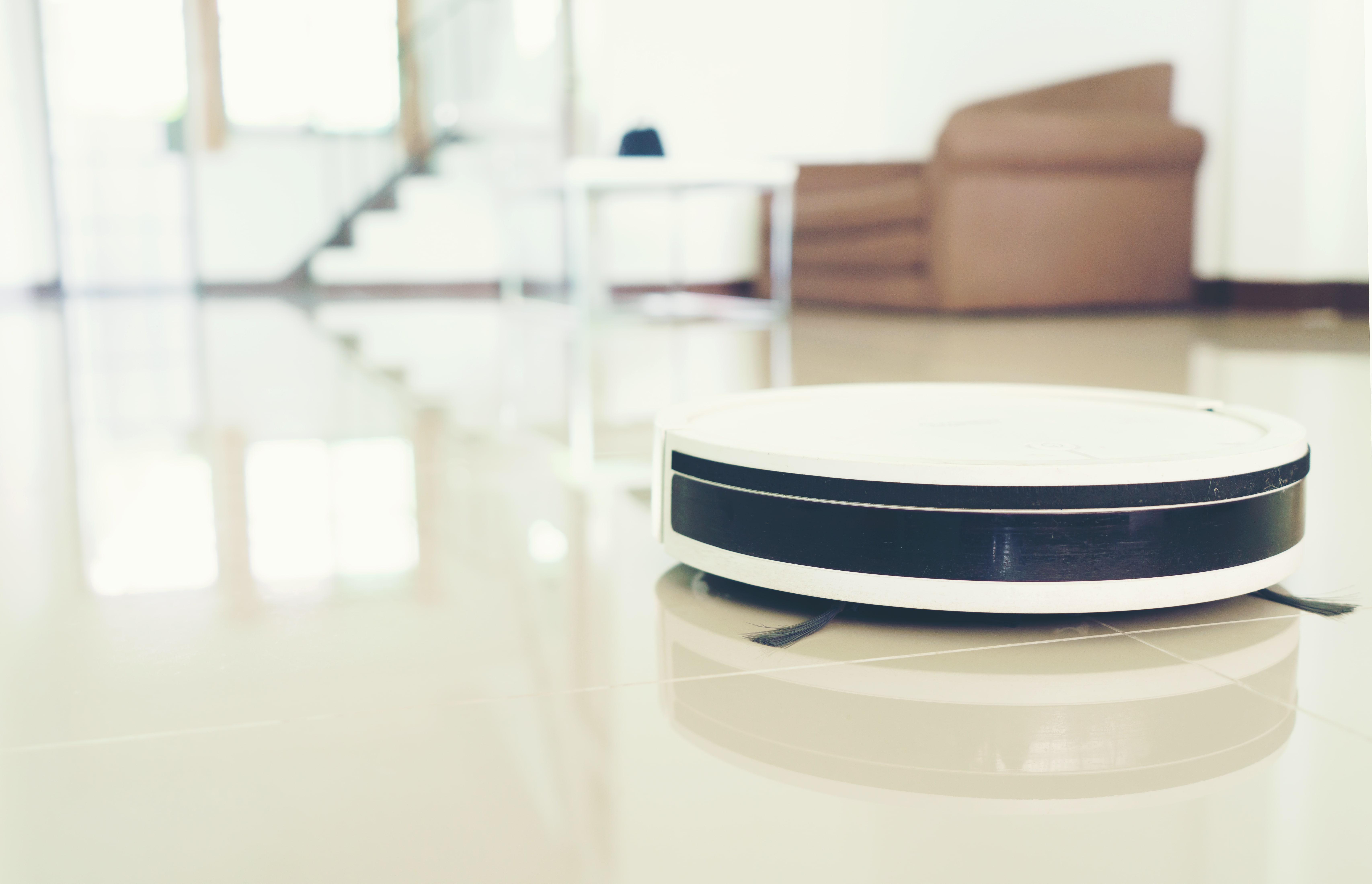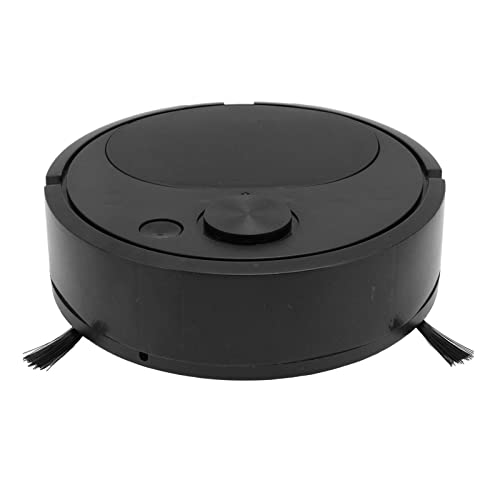The Worst Advice We've Ever Been Given About Robot Vacuum And Mops
페이지 정보
작성자 Henry Shupe 댓글 0건 조회 26회 작성일 24-04-17 07:08본문
 Robot Vacuum and Mop - Hands-Free Cleaning Made Easy
Robot Vacuum and Mop - Hands-Free Cleaning Made EasyTake a look at this 2-in-1 cleaner if you're looking for a cleaner that does all. It can mop hard floors and vacuums low- and medium-pile carpets, and its app lets you design no-mop zones and robot vacuums adjust cleaning schedules and modes.
 Look for models that can sense what type of flooring they're on, empty their own water and dirt tanks and stay clear of obstacles such as phone chargers, socks and pet hair. Also, find out how easy it is to install.
Look for models that can sense what type of flooring they're on, empty their own water and dirt tanks and stay clear of obstacles such as phone chargers, socks and pet hair. Also, find out how easy it is to install.Self-Emptying
As the world becomes busier and more hectic, people are always seeking ways to reduce their work load. robot vacuum with docking station vacuums and mop are among the top tools on the market to aid in this. They can remove pet hair, dirt, and crumbs while simultaneously cleaning floors. You can make use of your smartphone and voice assistants to control these machines using pre-programmed routines and specific room designations.
Self-emptying models are a fantastic time-saver for both the user and the. You don't need to empty the trash bin each time you clean. This saves you time and effort and ensures your robot can clean your entire house more often, without having to worry about running out of room in the bin before it's time to get a refill.
If you're thinking about a self-emptying model, make sure the external dust bin is big enough for your home size and cleaning frequency, as it will fill up quickly if you choose to run it frequently. It is also important to ensure that the system does not overfill, creating a clog which will prevent the robot from being able to fully empty it.
The self-emptying feature involves taking the dustbin out of the machine, and placing it into a larger storage container. Think of it as a bag for the vacuum cleaner. It is empty every two or three cycles. It's a premium feature that makes these machines worth the extra money over standard models.
To perform the mopping function Some models wash and dry their own soiled pads after every use. Some models have a dock which does all the work and you have to empty it twice or every year.
If you're looking for a robot that can do both, check out this top-rated option from Roborock. The RockDock-S7 MaxV Ultra can both mop and vacuum, thanks to a the dock that can do all the maintenance for you. You can program the unit and start it by using voice assistants like Alexa or Google Assistant. You do not need to empty the tanks by hand. It even has boundary strips to ensure it stays out of certain areas, if you don't want it wandering around your entire home.
Object Avoidance
The most effective robot vacuums come with the ability to avoid objects. This allows the machine to navigate around furniture leg and other toys. This feature is crucial for families with pets and children, as the robot will be damaged or jammed if it bumps into them.
The technology is typically based around a single sensor, or two sensors that are situated near the bumpers that absorb shocks of the vacuum cleaner. Once these sensors detect an obstacle, the robot will automatically rotate and reorient itself until it finds a path that is clear. Certain models employ lidar technology, which uses lasers to measure the distance between the robot and surrounding objects. This enables it to create an outline of its surroundings in real-time and move more efficiently through your home.
Other robovacs that don't use lidar technology, are designed to detect obstacles using cameras that utilize a binocular or monocular sight. These systems are most effective in bright light, but they do not perform as well in low light or with objects that have the same color as the environment. A robot with monocular sight will have difficulty recognizing cables and shoes.
Certain robot vacuums are more advanced than others, and can perform more than just avoid obstacles. This is why they are also called smart vacuums. They can build a virtual map of your home's layout and let you send them to specific rooms or areas through the application. They'll also remember where they've cleaned before and can reduce the time spent cleaning and ensure that your home is clean and tidy.
Many of the most sophisticated robotic vacuums and mops can switch between various types of floors. Certain models automatically recognize the flooring type in a room and adjust their suction and brush features accordingly. Some can even switch from hard floors to carpet without losing suction power.
Regardless of the flooring type, all smart vacuums and mops need to be equipped with a form of obstacle avoidance. These features ensure that the appliances don't ensnare themselves in the wires which can cause them to lose suction. Certain models have a list of objects they are aware of like socks, shoes, and pet waste. The most effective models are able to identify these items and determine their size, distance and avoid them without getting into it.
Floor Mapping
The majority of robot vacuums are fitted with sensors that detect objects. If a object -- like furniture legs or a haphazardly toy is thrown in the way, it triggers a sensor which tells the vacuum turn away from the obstacle and toward a cleaner part of the floor. However they aren't 100% reliable. The Roomba 900 Series, for instance, was able to stay clear of our shoeslaces and headphones however, it did accidentally take up cables. For this reason, we recommend putting objects out of the robot's path before running through your home's rooms.
A lot of the vacuum and mopping robots we've tested in The Spruce come with an application that allows you to save maps, set schedules, choose cleaning modes and track the progress of your robot. The most effective apps have features that improve the efficiency of your robot vacuum for carpet. They are intuitive and robot vacuums simple to use.
App integration allows you to keep track of the water tank and dirty pads on your robot. Look for models that allow you to see how full the tank is, how much the pad is wet, and when it's time to change the pad. You can also program a schedule to will automatically change the pad when it's wet in order to prevent mildewy smells from getting into the old one.
The mapping feature is essential for robot vacuums that operate across multiple floors. It lets the robot create an image of your house that it can use to move between rooms and clean the different areas more thoroughly. Some robots employ a combination of sensors and artificial intelligence to create these maps. For example, iRobot’s Vacuuming Mapping makes use of multiple sensors to scan a room that includes walls and corners, to determine how far the robot can travel before hitting furniture or bumping into obstacles.
Other robots, such as the Ecovacs Deebot X1 -OMNI or the Roborock S7 MaxV Ultra use optical sensors to determine the location of walls. They then follow the edges of furniture or employ a mapping algorithm to design the best path for each room.
Mopping Sets
Robot vacuums are automated and all you have to do is to press a button in the app or on the remote control to get them to clean a space. You can also make use of voice commands to set schedules, which is a handy feature for busy families that want their robot cleaner to perform its duties at the same time every day.
The majority of robot mops utilize microfibre pads that are soaked using water tanks in their base, and many are able to be used repeatedly before having to wash or replace the pad. Models that are able to adjust water flow to suit different floors are ideal. Also, take into consideration the size of your tank, the ability to switch between dry mopping and dry mopping, as well as the length of time that a robotic mop can last on a single charge.
The best robot mops are able to clean floors quickly and efficiently even under tables and around obstacles. They're not perfect, however, and can struggle to climb up and down stairs or over ledges that divide rooms. They also leave behind streaks of wood and tiles particularly in direct sunlight.
A good quality robot vacuum and mop must also have sensors that can recognize and avoid carpet. This is a vital feature to have if you have a variety of flooring types in your home, since it ensures that the cleaner will not be sucked up by or run into the rug. It should be able identify other objects that might hinder the cleaning process like cords and tassels. This will allow you to create "no-go zones" that will prevent the robot from accessing these areas.
Most of the robot cleaners we test in the Choice lab have a smart app integration, which allows you to save your home's map as well as set cleaning schedules and select cleaning modes. You'll also be able set up virtual barriers to prevent your robot from certain areas, and get (sometimes amusing) error alerts if the device encounters issues. Certain apps are more user-friendly than others, and a few offer a webcam for live monitoring of your robot.
댓글목록
등록된 댓글이 없습니다.

